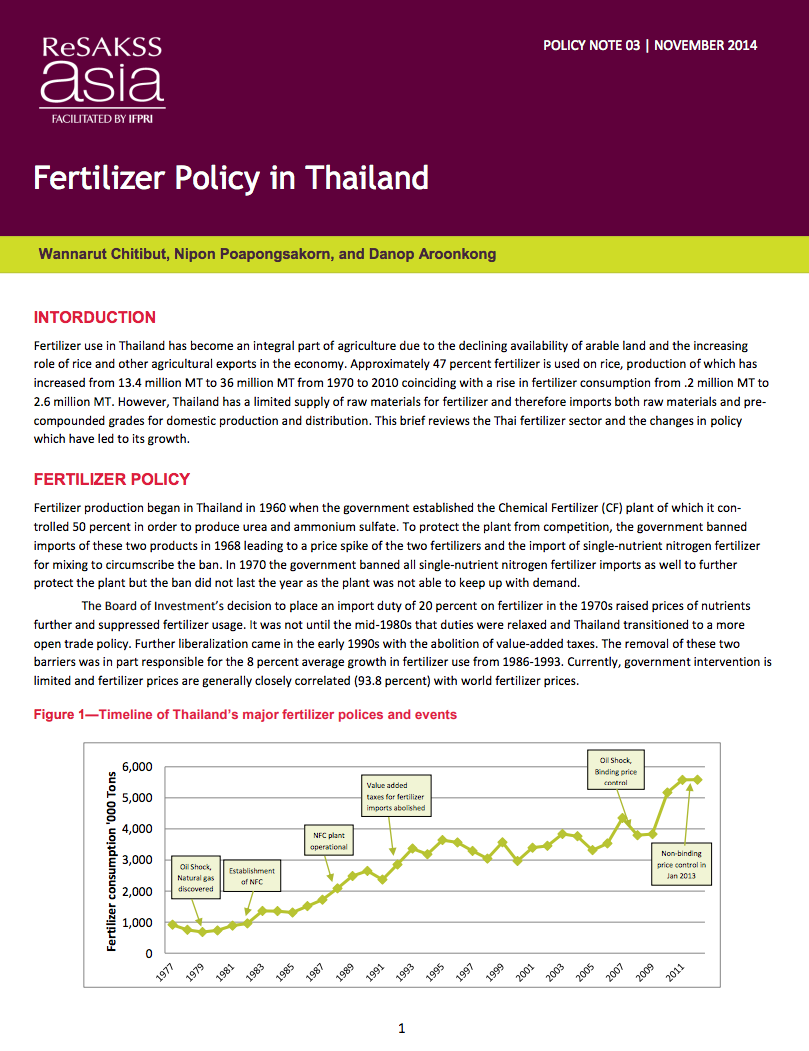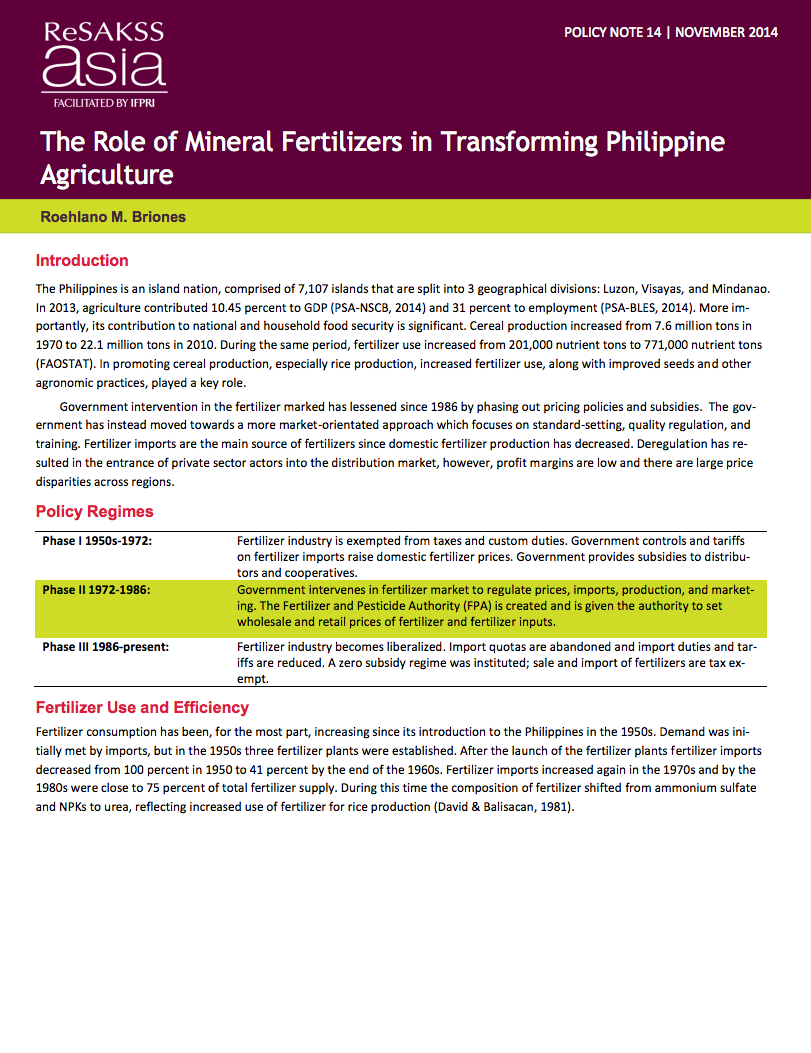Opening Up the Markets for Seed Trade in Africa
Despite its vast agriculture potential,
Africa is increasingly dependent on food imports from the
rest of the world to satisfy its consumption needs. Food
output has not kept pace with population growth, and more
than 80 percent of production gains since 1980 have come
from the expansion of cropped areas rather than from greater
productivity of areas already cultivated. This paper looks
at the current requirements for seed trade in Africa, the
Macedonia, Former Yugoslav Republic of : Analysis of the Agricultural Support Programs
The report is structured to allow
readers familiar with Macedonia s agriculture sector to
quickly grasp the essentials needed to improve the sector,
as well as to inform a general audience on how to address
the challenges of a modern European Union (EU)-aspiring
state. Chapter two provides an in-depth analysis of the
sectoral background, illustrating the main characteristics
and challenges of Macedonia s agriculture sector. The
Unlocking Africa's Agricultural Potential
Transforming agriculture in Africa is
not simply about helping Africa; it is essential for
ensuring global food security. But Africa s agriculture is
also of critical importance when it comes to meeting the
world s future needs for food and fiber. With the global
population expected to exceed 9 billion by 2050, food
security producing enough food of sufficient quality and
making it accessible and affordable for consumers around the
Fertilizer policy in Thailand
Fertilizer use in Thailand has become an integral part of agriculture due to the declining availability of arable land and the increasing role of rice and other agricultural exports in the economy. Approximately 47 percent fertilizer is used on rice, production of which has increased from 13.4 million MT to 36 million MT from 1970 to 2010 coinciding with a rise in fertilizer consumption from .2 million MT to 2.6 million MT.
The fertilizer industry in Cambodia: Market, challenges and the way forward
The agricultural sector plays a crucial role in Cambodia’s economy, and accounts for approximately 27.3 percent of GDP. Crop cultiva-tion on Cambodia’s 4 million ha of agricultural land has become more challenging with each passing year due to low soil fertility (White et al., 1997). Fertilizer application is crucial for nutrient replenishment, increased crop yield and elevated crop biomass which is necessary for moisture retention and nutrient efficiency (Bumb, 1996).
The role of mineral fertilizers in transforming Philippine agriculture
The Philippines is an island nation, comprised of 7,107 islands that are split into 3 geographical divisions: Luzon, Visayas, and Mindanao. In 2013, agriculture contributed 10.45 percent to GDP (PSA-NSCB, 2014) and 31 percent to employment (PSA-BLES, 2014). More im-portantly, its contribution to national and household food security is significant. Cereal production increased from 7.6 million tons in 1970 to 22.1 million tons in 2010. During the same period, fertilizer use increased from 201,000 nutrient tons to 771,000 nutrient tons (FAOSTAT).
Promoting Land Rights in Vietnam: A Multi-sector Advocacy Coalition Approach
Land rights have become highly contested in Vietnam in recent years. Vietnam‟s land endowment is one of the lowest in the world: each agricultural household holds, on average, less than 0.5 hectare. Access to land is critical to social and economic development in the future. The national priority on “industrialization and modernization” has placed new demands on agricultural and forest land for urban-industrial expansion. The high level of public concern over land tenure and its links to political and social stability have led to widespread calls for revision of the 2003 Land Law.
Background Paper No. 3 - Rural Finance in Myanmar
ABSTRACTED FROM THE EXECUTIVE SUMMARY: Farmer indebtedness is a serious problem in Myanmar and the number of landless farm households is increasing. Working capital finance for farmers is exceedingly expensive except for the rather small amounts provided by the MADB and bad harvests can mean that farmers need to sell their land to satisfy loan repayments, becoming casual laborers instead. There is a serious lack of financing for equipment.
Cambodia's Development Dynamics: Past Performance and Emerging Priorities
ABSTRACTED FROM THE EXECUTIVE SUMMARY: This Report analyses Cambodia’s development dynamism over the last two decades and identifies emerging development priorities for the next two. It examines Cambodia’s past performance, emerging priorities and future challenges in economic, social, environmental and political spheres. One of the distinguishing features of this Report is that it examines Cambodia’s past performance and emerging development priorities within a multi-country comparative perspective.
A Strategic Agricultural Sector and Food Security Diagnostic for Myanmar
ABSTRACTED FROM THE INTRODUCTION: This report provides a strategic assessment of the key issues, opportunities, constraints and choices facing Myanmar’s agricultural sector. Discussion focuses on pathways that will permit agriculture to contribute meaningfully to broad-based improvements in purchasing power and food security for the country’s many landless and vulnerable households. In doing so, it aims to assist public and private stakeholders who will be making the key investment and policy decisions governing future agricultural and food security trajectories in Myanmar.







